Are you looking for a simple way to reduce stress and tension? Hand massage is a great way to relax and soothe away any aches and pains from the comfort of your own home. This step-by-step guide will show you how to hand massage and give you the tools to de-stress in minutes.
Contents
Preparing to Massage
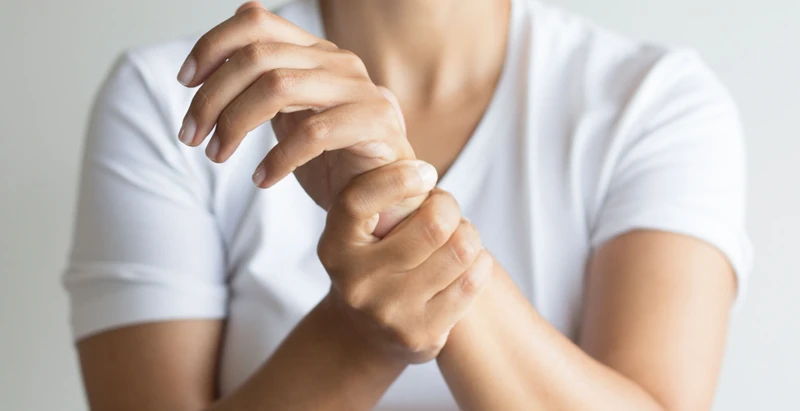
Gather Supplies
Collect massage oil, lotion or cream, and a soft cloth or towel. If you plan to use an oil, ensure it is suitable for the skin and won’t cause a reaction.How to massage hands and wrists requires some supplies to be gathered before starting.
Preparing the Area
Before massaging, ensure the area is clean and comfortable. Place the towel or cloth on a flat surface. Pour a small amount of oil or lotion into your palm and warm it up by rubbing your hands together.
How to Massage Hands and Wrists
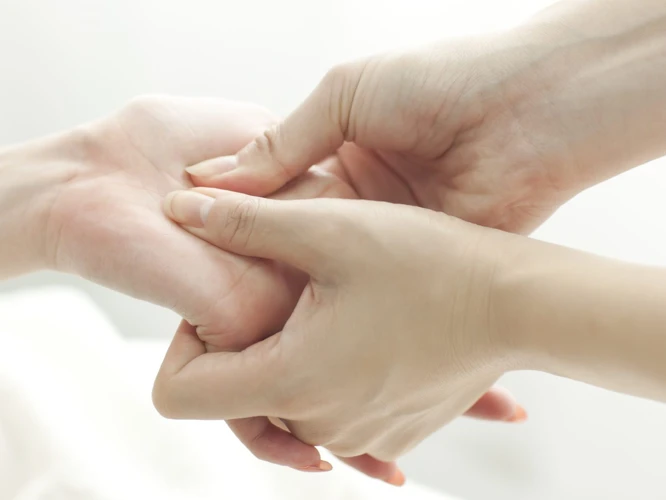
Massage Palm
Start by applying gentle pressure to the palm, using your fingertips. Slowly massage from the base of the palm, up towards the thumb. Rub in circles, then switch to a back-and-forth motion. Move your fingertips slowly, applying pressure as you go.
Massage Fingers
Gently massage each finger, starting at the base and slowly moving up towards the tip. Use your thumb to apply pressure to each finger joint, then massage the knuckle in a circular motion. Squeeze each finger firmly, then move on to the next one.
Massage Back of Hand
Using your fingertips, massage the back of the hand. Start at the base of the wrist and slowly move up towards the fingers. Apply pressure as you move, focusing on tight spots. Use a circular motion, then switch to a back-and-forth movement.
Massage Wrist
Using your thumb, massage the wrist in small circles. Move in the same direction around the wrist, then switch directions. Apply pressure as necessary, focusing on any tight spots. Finish by pressing firmly on the wrist for a few seconds.
Hand massage is an excellent way to soothe tension and relieve pain. By following the steps above, you can easily learn how to massage hands and wrists, and help reduce aches and pains. With regular massage, you can also learn how to massage hand pain away and keep it from coming back.
How to Massage Hand Pain
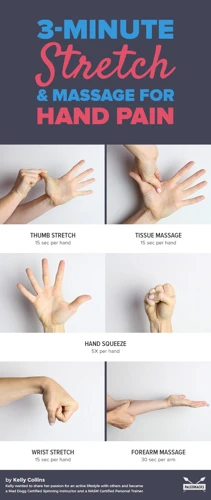
Massage Palms
Start at the base of the palm, using your thumb and forefinger, slowly massage in small circular motions. Use your other hand to support the hand being massaged. Move up the palm, making the circles wider and wider until you reach the thumb.
Massage Fingers
Gently massage each finger, starting at the base and moving up towards the nail. Use your thumb to massage the top of the finger and your forefinger to massage the underside.
Massage Back of Hand
Place your hands on the back of the hand and use your thumbs to make small circles, working your way from the wrist to the base of the fingers.
Massage Wrist Joint
Using your thumb, make small circles around the wrist joint. Move your thumb in a clockwise and counterclockwise direction for a few minutes. This helps to relieve any tension in the joint and reduce any pain in the area.
Using these simple hand massage techniques can help to reduce any soreness or tension in the hands and help to relax the muscles in the area. Doing this regularly can help to keep your hands feeling relaxed and healthy.
How to Massage Sore Hands
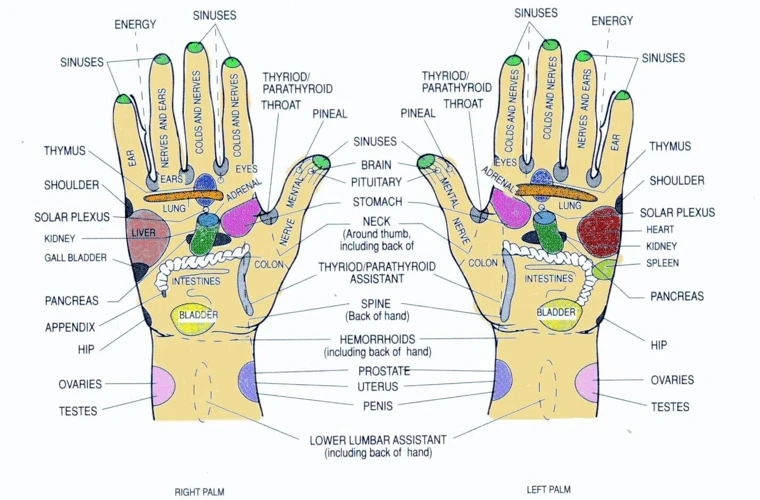
Massage Palms
Begin by using your thumbs to gently massage the palms of your hands. Start in the center of your palm, and then make small circles outward. This can help to reduce any tension that has built up in the palm of your hand.
Massage Fingers
Once you have finished massaging the palms of your hands, move on to your fingers. Start with your thumb and index finger, and use your thumbs to make small circles on each finger. Move down the line of your fingers, making sure to massage each one thoroughly.
Massage Back of Hand
Once you have finished massaging your fingers, move to the back of your hands. Start with your thumb, and use your index finger to make small circles on the back of your hand. Move down the line of your hand, making sure to get the entire back of your hand.
Massage Wrist Joint
Finally, move to your wrist joint. Place your hand on a flat surface, and use your thumb to make small circles on the joint. This can help to reduce any tension in the wrist, and can be a great way to how to massage your own wrist.
How to Massage Your Own Wrist
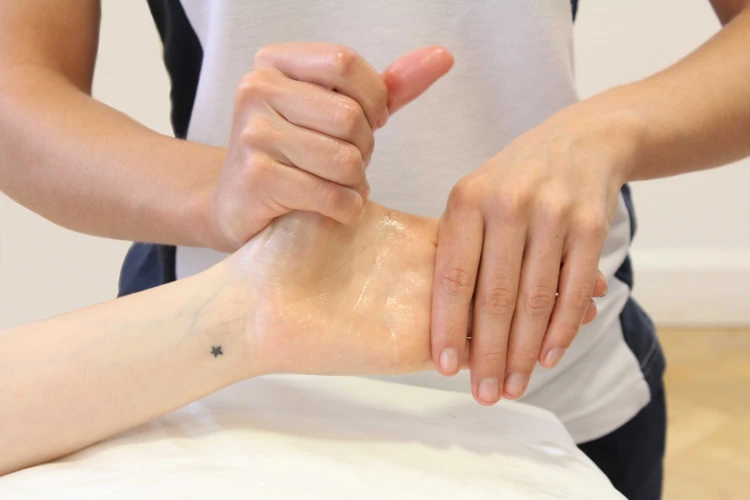
Massage Palms
Gently massage the palms of your hands in a circular motion using your thumbs. Pay special attention to the center of your palms where the stress tends to accumulate. For added benefit, use a moisturizing lotion or oil to increase circulation and soothing sensations.
Massage Fingers
Start with your index fingers and work your way down to your pinky. Use the tips of your thumbs to massage each finger, starting at the knuckle and circling around the finger. Switch to your opposite hand and repeat the strokes.
Massage Back of Hand
Using your fingertips, massage the back of your hand in a circular motion. Make sure to cover every area from your wrist to the tips of your fingers.
Massage Wrist Joint
Using your thumbs, massage the joint of your wrist in a circular motion. This will help to reduce tension in the wrists and increase mobility.
For a more effective massage, repeat each step several times. With regular practice, you can keep your hands relaxed and tension-free.
How to Massage Your Own Palm
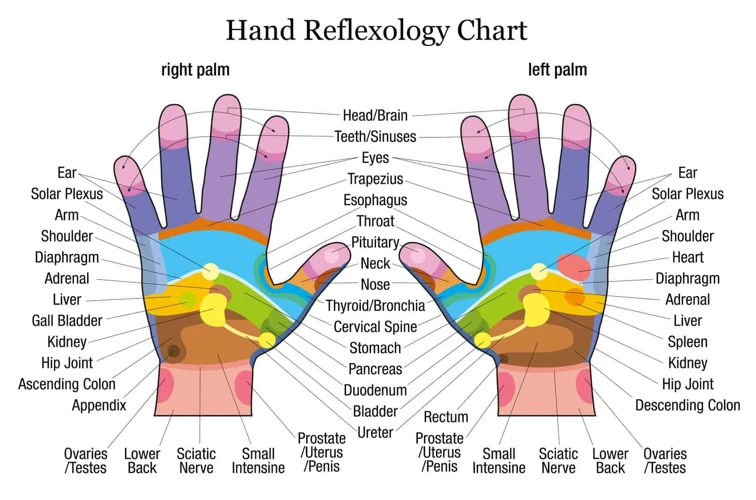
Massage Palms
Start by placing your dominant hand, palm up, on a flat surface. Gently press your thumb and fingers into the center of your palm and move in a circular motion. Repeat this motion several times and then move your thumb and fingers up and down the length of your palm. Take your time and feel the tension being released as you massage your palm.
Massage Fingers
Once you have massaged the center of your palm, move on to your fingers. Start with your thumb and massage each finger by gently pressing your thumb into the length of the finger. Move in a circular motion and then move your thumb up and down the length of the finger. Repeat this motion for each finger.
Massage Back of Hand
Once you have massaged the front of your hand, turn your hand over and massage the back of your hand in the same manner. Start by pressing your thumb and fingers into the center of your palm and move in a circular motion. Then move your thumb and fingers up and down the length of your palm.
Massage Wrist Joint
Finish your hand massage by massaging your wrist joint. Start by placing your palm on the table with your fingers facing towards you. Gently press your thumb into the joint where your wrist and hand meet and move in a circular motion. Then move your thumb up and down the length of your wrist. Finally, use your fingers to massage the area around your knuckles, using a circular motion.
How to Massage Your Knuckles
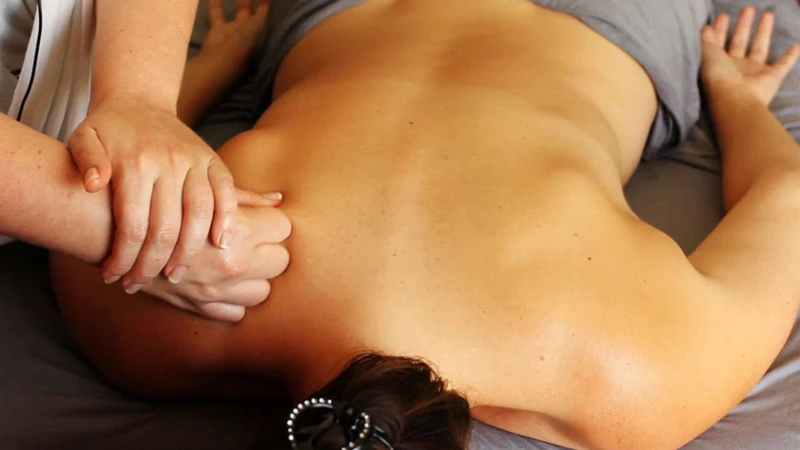
Massage Palms
Start with your palms and massage them in circular motions to get the blood flow going. Use your thumbs to press firmly on the surface of the palms for a few seconds. Move your thumbs in circles until the tension in the muscles releases.
Massage Fingers
Using your thumbs, massage the length of your fingers, starting at the base and moving up towards the tips. Move your thumbs in small circles to target any tight areas in the joints. How to massage your finger joints? Start with your index finger and move down to your pinky.
Massage Back of Hand
Start at the base of the back of your hand and massage the area for a few seconds using your thumbs. Move your thumbs in small circles, gradually increasing the pressure as needed.
Massage Wrist Joint
Finish off by massaging your wrist joint. Place your thumbs on either side of the joint and move them in circles. Increase the pressure as necessary and massage the area until the tension dissipates.
How to Massage Your Finger Joints
Massage Palms
Gently press your fingers and thumbs into your palms and rotate them in a circular motion. Move your fingers in and out of your palms with slow, firm pressure.
Massage Fingers
Using your thumbs and index fingers, massage each of your fingers by squeezing and pressing in circular motions. Starting at the base of the finger, press your thumb and index finger up the finger and then back down.
Massage Back of Hand
Using your fingertips, massage the back of your hand in circular motions. Start at the base of your hand and move up towards your wrist.
Massage Wrist Joint
Gently press your fingers and thumb into your wrist joint and rotate them in a circular motion. Apply pressure with your fingertips for a deeper massage.
Frequently Asked Questions
What Benefits Does Hand Massage Provide?
- Reduces Stress: Hand massage can reduce stress and tension in the hands, arms, and shoulders.
- Reduces Pain: Massages can help relieve pain in the hands, wrists, and fingers.
- Improves Circulation: Hand massage increases blood flow to the area, improving circulation and promoting healing.
- Stimulates Nerves: Massaging the hands stimulates the nerves, which can help reduce pain and improve sensation.
- Increases Flexibility: Massaging the hands increases flexibility, reducing stiffness and improving range of motion.
- Improves Mood: Hand massage can help improve mood and reduce anxiety.
Is Hand Massage Suitable for All Ages?
Hand massage is suitable for most people of any age, provided the massage is gentle and appropriate pressure is applied. For children and the elderly, using very light pressure with slow and gentle strokes is important. It is also important to check that the person is not allergic to any massage oils or products that may be used. Hand massage can be used to help reduce stress and tension, improve circulation, and relax the muscles.
Do I need to use any special tools or supplies for hand massage?
No special tools or supplies are necessary for hand massage. However, if desired, you may use massage oil, lotion, or cream to help your hands glide smoothly over the skin. Additionally, you may want to consider purchasing a massage ball, roller, or other tool to help ease tension and knots in the muscles of the hands. These items are not required but can be helpful for providing a deeper massage.
How Often Should I Give Myself a Hand Massage?
It is recommended to give yourself a hand massage 2-3 times a week, or as needed. When massaging your hands, aim to do it for 10-15 minutes each time. You may find that your hands feel looser and more relaxed after massaging them, and that regular massages may help to reduce tension and improve circulation.
What Techniques Should I Use for a Successful Hand Massage?
- Friction: Use your thumb to apply pressure, then rub in circular motions.
- Kneading: Squeeze the muscles of the hand with your thumb and fingers, and then ‘knead’ the muscles as if kneading dough.
- Tapping: Gently tap your fingers on the back of the hand, working your way up to the wrist.
- Stretching: Pull the fingers gently and rotate them in circular motions to stretch the muscles.
- Pressing: Place your thumb on the back of the hand, and press firmly to stimulate the pressure points.
Conclusion
Hand massage is a simple, effective way to reduce stress and tension in the body. It is easy to learn and can be done at home or in the office. With practice, it can become a powerful self-care tool to help keep your body, mind, and spirit relaxed and balanced.

